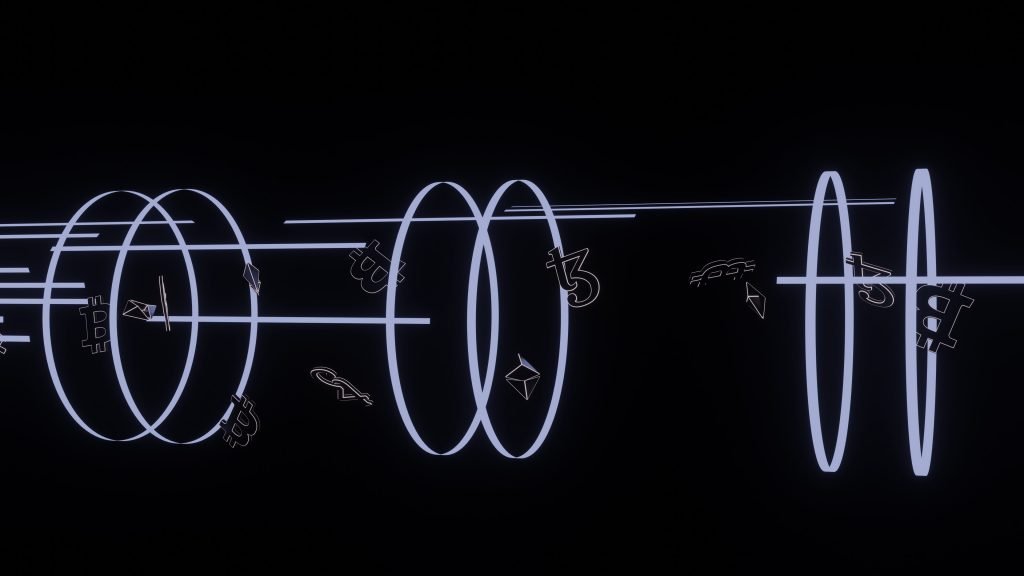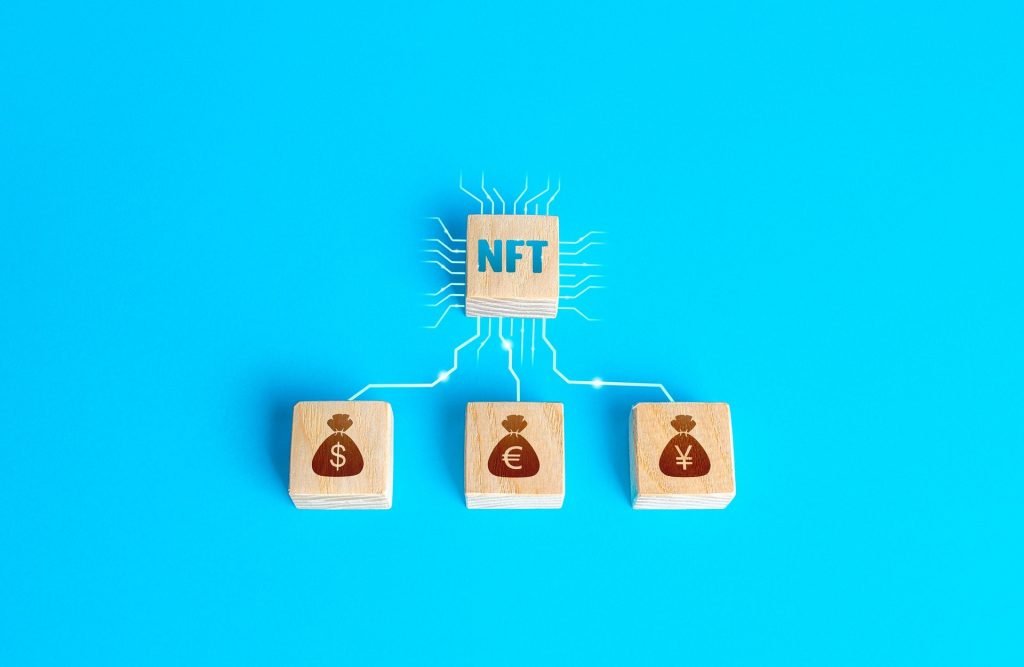There is no doubt, you’ve heard a lot of news about the growing fame of cryptocurrencies, crypto investments, and NFTs over the past year. Of course, cryptos aren’t exactly new. We have all heard of the most popular ones, such as Bitcoins, Ethereum, and Ripple, but a wide variety of these digital assets are continuing to change the world of financing and investments. But what do they all have in common? Blockchain.
What is Blockchain?
The term blockchain is often inaccurately interchanged with the term cryptocurrency. But, rather than being the same thing, blockchain is actually the underlying technology used to facilitate crypto transactions. It is a digital ledger of transactions that records the online transactions before being duplicated and distributed across the network of systems. This is done via a decentralized database known as the Distributed Ledger Technology (DLT). As an aspiring investor, you probably won’t need to know the intricate details of blockchain technology, but here are some of the key features behind its popularity as the future of finance:
- The identity of parties involved in a digital transaction is anonymous,
- All records are individually encrypted for optimal security,
- Once a transaction has been validated, it is impossible to alter it,
- Transactions are time-stamped once recorded,
- Transactions can be instantly sent globally and there is no currency exchange.

The History of Blockchain
The concept of blockchain has been around since the 1980s when cryptographer David Chaum proposed the concept as part of his dissertation in 1982 entitled’ Computer Systems Established Maintained, and Trusted by Manually Suspicious Groups.’
The work officially started in the 1990s by Stuart Haber & W. Scott Stornetta in 1991, who worked on a chain of data blocks that were encrypted with cryptographic keys. They wanted to create a system where the timestamp on documents couldn’t be tampered with.
The modern blockchain was applied to Bitcoin by Satoshi Nakamoto, who founded the cryptocurrency in 2008.
Thus, the first decentralized ledger system, Bitcoin, gave birth to a new way of doing business with one another without having to trust any third-party institutions such as banks or governments with your money. And as they say, the rest is history, and bitcoin’s blockchain remains largely unchanged from its earliest stage, with other digital currencies following soon after.
WE ARE LIVE
NASDAQ: MIGI
How Does Blockchain Work?
With blockchain, every transaction is converted into code and gets stored across a decentralized network of computers. These networks are not owned by any one entity but are instead shared among everyone who accesses them. The information on these computers cannot be changed or tampered with because they are all using the same protocol, which means they all have to agree on what goes into their database.
Because of this, blockchain is one of the most game-changing technologies of this generation. It has the potential to not only aid the financial industry but other industries like healthcare, real estate, and voting. In addition, blockchain can be used to store data securely without making it available for unauthorized access. This is great for companies that rely heavily on storing and maintaining information.
Also Read, in MEGATRENDS: Regulation of Digital Assets
Blockchain and the Economy
From simplifying the process to sending and receiving money across different borders, to simplifying everyday transactions by allowing to use cryptocurrency as a currency instead of traditional methods like credit cards or cash, blockchain technology can help improve access to money without the need for banking services, government, and any bureaucracy.
Blockchain is showing no signs of slowing either. For example, in 2021, El Salvador became the first country to officially make cryptocurrency legal tender. It opens new possibilities for the country; according to a news article from the BBC, the new law means that every business can accept bitcoins for goods and services as long as they have the means to make the transaction.
This will promote investments, tourism, and further economic development within the country. El Salvador is now one of many countries that allow crypto trading and investment. While there are no uniform international laws that regulate cryptocurrencies such as bitcoin, countries are increasingly allowing the use and trade of digital currency.
Blockchain and NFTs
This use of blockchain has only increased with the introduction of NFTs, also known as non-fungible tokens. NFTs are unique and non-interchangeable units of data stored within a digital ledger. They can be easily reproducible items such as videos, pictures, and other types of digital files. Blockchains are used with NFTs as public proof of ownership.
NFTs differ from cryptocurrency because they are non-fungible. While cryptos can be traded, replaced, or exchanged with another item of equal value, NFTs aren’t, and some items can go for thousands upon thousands of dollars. And in some cases, even millions.

What are the downsides of the Blockchain?
As with everything, there are some disadvantages to Blockchain. While it is a secure system and will do wonders for the world at large, it is important that you understand what disadvantages are part of this marvelous technology.
The biggest disadvantage you’ll hear is that it takes up too much energy. Not all blockchains do this, however, and many miners are working on solving this problem. Mawson aspires to be the leading global digital infrastructure provider and we are committed to achieving this aspiration in an environmentally sustainable way. Our goal is to be Net Zero by 2030, and to this end we have already offset 100% of our carbon emissions in 2020. In addition, to learn more about the energy consumption of bitcoin mining, read this article about Bitcoin Mining using less energy than Christmas lights that we all love.
Next, blockchain is immutable, meaning that once it’s written, it can’t be undone. Once you are part of the network, you can’t remove yourself from it. That being said, you have to remember that blockchain isn’t a distribution system. It’s a network, it might be a distribution network, and it’s only decades old and does have the components needed to develop into that system. Of course, this will change.
Since blockchain is growing and changing every day with its technology, there are people who are going to try to look for a way to take advantage of its growth. It is a secure network, more secure than others. However, there are people who will try to get around that security. Whether it’s DDoS attacks or cryptographic cracking, which attacks the algorithms, or old fashion scamming, it’s still at a disadvantage.
Bottom Line
Blockchain technology is still very young, but it is very promising and is growing quickly. While there are some negative aspects, the good it can do far outweighs the downsides. It can be a new start for industries all over the world and improve our infrastructure. However, the heights of Blockchain is a long way from reach. So, if you’re interested in joining the blockchain, there are various outlets that give you a wealth of information to get you started on your blockchain journey.
